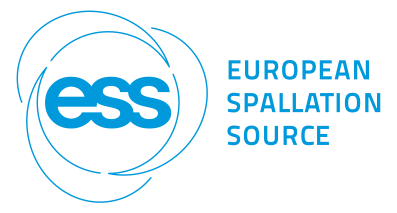Description
This contribution provides an overview of the various Monte Carlo Ray tracing efforts at the neutron scattering facilities at Oak Ridge National Laboratory (ORNL). There are basically three different aspects to the work at ORNL, namely: Instrument optimization, integration with instrument engineering, and modeling of complex sample scattering. For instrument optimization both the Spallation Neutron Source Second Target Station project and the HFIR Beryllium Replacement project (HBRR) are demonstrating innovative optics designs to over-come unique challenges. New tools like the tally components have been developed to facili-tate and expedite optimization of these designs. These codes and tools are run on a variety of both CPU and GPU computing resources allowing comparison of these platforms. These two projects have also integrated the engineering modeling with the ray tracing efforts to better coordinate design changes and performance effects. This also involves coordination and integration with particle transport codes. Finally, from a data analysis perspective, the excellent neutron instrument models, provided by McStas and MCViNE, allow simulation of instrument features and characterizing instrument resolution aspects to a high degree. Web based interfaces have also been developed to help users use these complex simulations.
This work has been carried out at the SNS and HFIR neutron scattering facilities sponsored by Basic Energy Sciences of the US Department of Energy. Parts of this work was sponsored by ORNL’s Lab Directors’ Research and Development funds.
